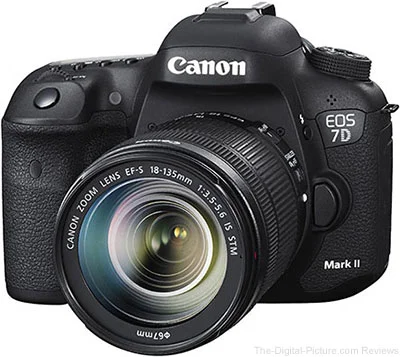(Sorry. I'm poor at English)
I have strongly insisted since July 2020 at the latest that Canon wouldn't release APS-C camera body and lens in RF system for not cinema camera, but still camera. The reasons I presume are shown below.
(1)
Customers and users who want a budget price camera are mainly classified as two groups.
The persons belong to the one group could not concern about specifications and could be satisfied with camera kit like EF-M system. Several years later, they almost wouldn't buy a next interchangeable lens camera. The other words, provide of EF-M and EF-S systems are worth keeping unless net deficit.
While the persons belong to the other group couldn't have enough budget, they are interested in photography and/or videography and they want to improve their skill and equipments. The other words, most important thing for them is not image sensor size, but simply price. Their ideal camera is a budget price one using "high speed present generation" FF sensor. I'm calling this camera "R9" which is similar in design to R6 with EVF and flip screen in spite of intensive cost reduction. One of the biggest missions on "R9" is a bridge the gap in videography between M50/M50ii and mid range like R6. While Canon well understood Sony APS-C series like A6*** occupy this gap several years ago, they didn't take measures during long years. On viewpoint of videography, Canon is building their ecosystem, including "R9", R6, R5, R3, R5C, C70, C300iii, C500ii and so on.
(2)
Regarding APS-C still camera, the rest meaning of existence is crop effect. However, it's extremely difficult the balance between price and high performance; high speed burst shooting, durability etc. I'd like to remind, especially, photographers who need high speed burst shooting that the rolling shutter effect using equivalent technology on image sensor is directly proportional to not image sensor size, but numbers of pixels. The sales period of 7D2 which price was roughly $2000 was about four years; from 2014 to 2018. If the price of 7D2 successor would be almost as same as R6, the demand of this successor should be very small. Therefore, I think "R9" should have high priority to 7D2 successor.
For your information: Canon has introduced key parts as shown below.
--- introducing Dual Pixel technology ---
*S35 image sensor for cinema cameras: C300 (01/2012), C100 (11/2012) -- introducing Dual Pixel technology in 2012 and DPAF thanks to update in 11/2013
*APS-C image sensor for still cameras: 70D (08/2013) -- introducing DPAF
--- low speed previous generation ---
*APS-C image sensor for still cameras: 80D (03/2016) and 11 models (11/2016 - 11/2020)
*FF image sensor for still cameras: 5D4 (08/2016), R (09/2018)
*FF image sensor for still cameras: 6D2 (06/2017), RP (02/2019)
*Image processor for still cameras: DIGIC 8 (03/2018) -- maybe introduce GPGPU for computing deconvolution
*FF image sensor for cinema cameras: C700FF (07/2018), C500ii (12/2019)
--- high speed present generation ---
*High-speed and intelligent communication system between the lens and the camera body: RF mount (09/2018) -- maybe USB3.1 (12pin, 5Gbps)
*APS-C image sensor for still cameras: 90D/M6ii (08/2019) -- maybe delay about 2 years
*Image processor for cinema cameras: DIGIC DV 7 (12/2019)
*FF image sensor for still cameras: 1DX3 (02/2020), R6 (08/2020)
*Image processor for still cameras (and cinema cameras!!): DIGIC X (02/2020)
*S35 image sensor for cinema cameras: C300iii (06/2020), C70 (11/2020) -- introducing Dual Gain Output (DGO)
*FF image sensor for still cameras: R5 (07/2020), R5C (03/2022) -- 2 line readout same time
--- high speed next generation ---
*FF image sensor for still cameras: R3 (11/2021)


